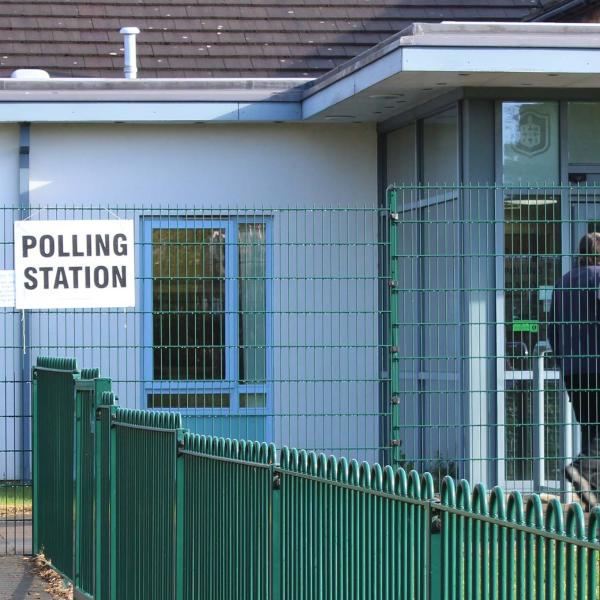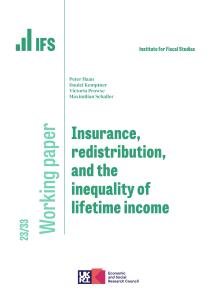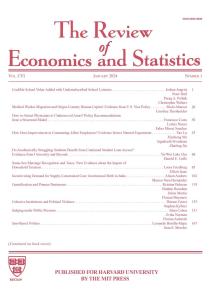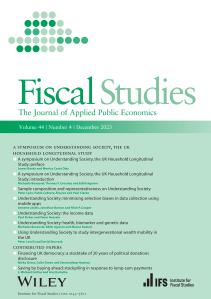Over 50 countries and localities, including the UK, have recently introduced taxes on soft drinks. There is still a debate about the effectiveness of such taxes; for example, during the recent Conservative Party leadership contest, Boris Johnson argued that “we should look at how effective the so-called ‘sin taxes’ really are, and if they actually change behaviour”.
In new IFS research funded by the National Institute of Health Research under the Department for Health’s Obesity Policy Research Unit, we survey the evidence on the effects of soft drink taxes on prices and purchases in 27 studies covering 11 jurisdictions (Berkeley, Boulder, Catalonia, Chile, France, Maine, Mexico, Ohio, Philadelphia, Portugal and Washington).
Why tax soft drinks?
The justification for taxing soft drinks is that there are costs associated with their consumption that people do not fully take into account. For example, there is a large body of evidence linking the consumption of sugary drinks to increased rates of obesity, diabetes, tooth decay and other health conditions, so worse health for individuals and higher healthcare costs borne by the publicly funded health service.
Levying a tax on sugary soft drinks acts to increase the price, and can encourage people to switch to alternatives. The extent to which soft drink taxes are effective at reducing sugar intake therefore depends, in part, on how prices adjust to the tax and how people change their purchases in response to price changes.
Prices are typically increased by the full amount of the tax
20 of the studies that we surveyed look at the effects of soft drink taxes on prices – all studies find that taxes increased prices faced by consumers. The size of the price increases varies, reflecting differences in the size and structure of the tax, the set of products and the size of the geographical area to which it applies. For example, price increases are typically less than the amount of the tax in smaller jurisdictions – such as Berkeley – where the ease of avoiding the tax leads to competitive pressures to keep prices down.
Studies of taxes that cover wider geographical areas (and that are therefore more relevant to the UK setting) generally find that taxes lead to an equivalent increase in price. For example, a 1.5 cents per ounce tax on soft drinks in Philadelphia led to an average increase in price of 1.45 cents per ounce.
Taxes lead to falls in purchase – but the size of the decline depends on a number of factors
16 of the studies that we surveyed look at the effects on purchases, with most finding that taxes lead to reductions in purchases of soft drinks. There is considerable variation in the size of these reductions, reflecting differences in the tax rates, the set of products taxed, the size of jurisdiction to which the tax applies, and the methodology of the study.
The largest effects on purchases are in Philadelphia – where the tax rate is almost double the average UK rate and applies to soft drinks containing sugar and artificial sweeteners – with an estimated 22% reduction in the purchases of taxed drinks. In Mexico, where the tax led to a 15% increase in prices, the estimated reductions in purchases range between 4% and 12%.
A common criticism of taxes on soft drinks is that they disproportionately affect lower income individuals, because they spend a greater fraction of their income on soft drinks. However, poor diet and its negative health consequences are also more prevalent among lower income households; there could be substantial health benefits if taxes lead these households to reduce their intake of sugary soft drinks. A number of studies look at whether the effects of taxes differ across people, with varying, and sometimes contradictory findings. For example, studies in Chile, Catalonia and Philadelphia find that purchases fell most among higher socio-economic status (SES) households, a study in Mexico finds that purchases fell most among lower SES, and another study in Mexico finds no statistical difference across SES.
Taxing soft drinks may do more than increase prices
A soft drink tax may also lead to reductions in sugar consumption intake through other channels; for example, due to product reformulation to lower sugar content, or by conveying information about the health costs of sugar. None of the studies that we surveyed looked at the effect of soft drink taxes on reformulation or on the information effect.
The UK tax is structured in a way designed to encourage reformulation, with a higher tax rate on products with more than 8g sugar per 100ml, and a lower rate on those with 5-8 grams of sugar per 100ml. Recently published research by Public Health England highlights that the sugar content of soft drinks in the UK has declined since the introduction of the tax in April 2018. Reformulation can be effective at achieving improvements in dietary quality among those less willing to change their purchases. For example, previous IFS research finds that reformulation led to declines in the salt content of grocery purchases of low SES households in the UK, despite the fact that they switched to more salty products over the same period.
Soft drink consumption is only one part of the picture
The evidence suggests that taxes are effective at getting people to buy less soft drinks, but the benefits of doing so crucially depend on what they decide to buy instead. For example, if people switch from a sugary soft drink to water, then the tax will have larger health benefits than if they switch to chocolate bars.
Finally, it is worth noting that the challenges faced by rising levels of obesity and diet-related disease will not be fixed by a single policy. Even if soft drink consumption was reduced to zero, more than 90% of households would still buy more than the recommended 5% calories from added sugar. The causes of poor diet are complex and varied – a range of well targeted and designed policies are needed to tackle the consequences.












